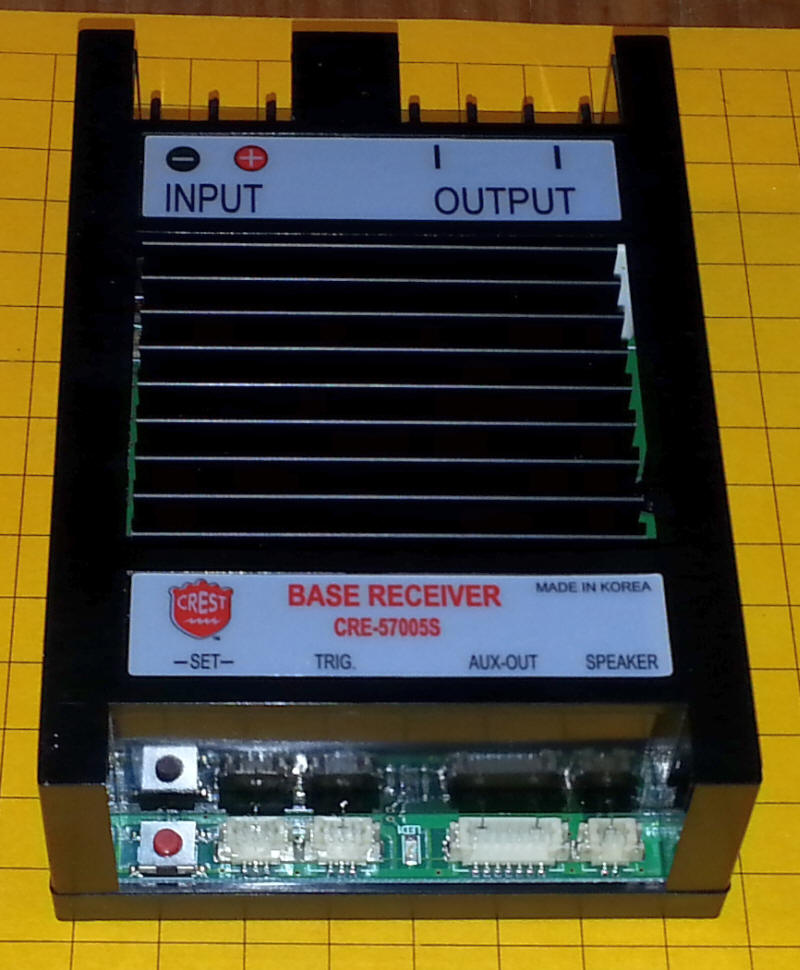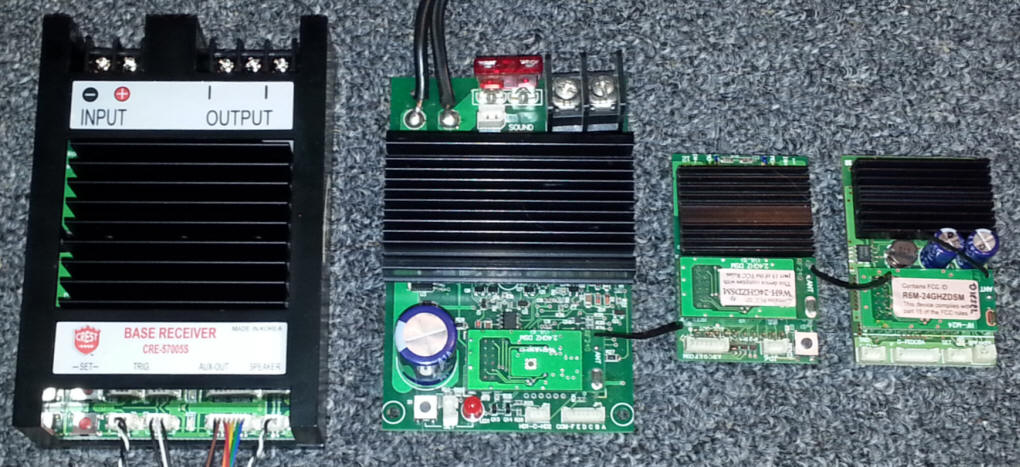Mike, try it with no vents, if the heat is not great, the additional surface area of the boxcar may provide enough cooling. With the fan going, you will have enough air currents to expose the warm air to the inner surface of the box car and let it try to radiate the heat out. Also, since it will be moving most of the time that will help break up the boundary layer on the outside of the box car.
Well, the weak convection currents of heat rising from the heat sink are inconsequential compared to the forced air flow created by the fan. But as I stated, positive pressure from the fan to the heat sink is much more effective than trying to draw air across it. I cannot explain why pressure works better than vacuum, but have done extensive testing.
Yes, I know pc’s have an exhaust fan, but that’s for a different reason, again a thing we found out in 1975 at HP. You will notice the critical components (CPU, GPU) have positive pressure on the heat sinks.
Greg

